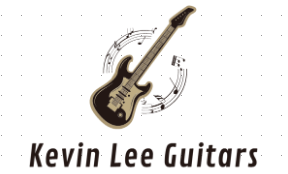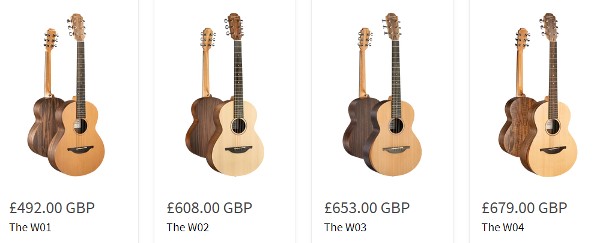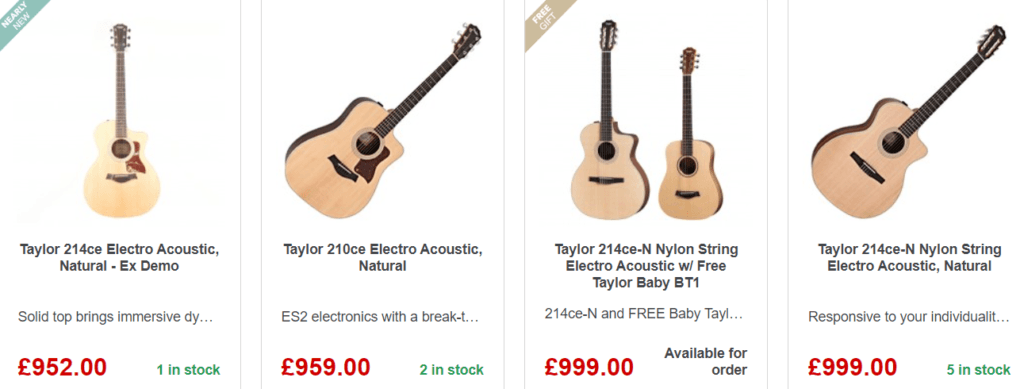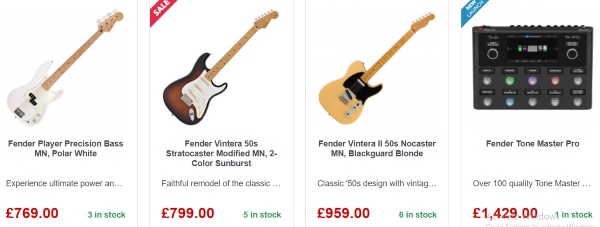Today, I’m going to be talking about guitar tabs, a brilliant tool that’s helped countless beginners to start their musical journeys. Guitar tablature, or ‘tabs’ for short, are a form of music notation made specifically for fretted instruments like the guitar. They’re unique because they show you exactly where to place your fingers on the fretboard, which is a big win for beginners.
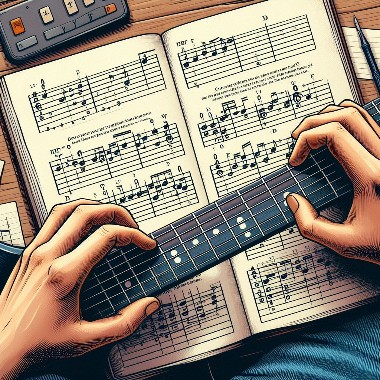
Instead of notes on a staff, tabs feature six horizontal lines that represent the six strings of the guitar. Each line correlates to a specific string, making it incredibly straightforward to understand which string you need to play. That’s going to include the lowest sounding string appearing at the bottom of the tab and the highest at the top, mimicking the guitar in your lap.
If you’re wondering how this compares to traditional musical notation, well, let me tell you, tabs are way more beginner-friendly. While standard notation requires knowledge of scales, rhythms, and notes, tabs cut straight to the chase. They’re a visual guide that doesn’t require any musical background, making it much easier for new musicians to pick up a guitar and start playing their favourite tunes.
I’m here to help you with a little history lesson too. Tabs aren’t a new invention; in fact, they date back to the Renaissance era. They were widely used for lute music before the guitar even took center stage. Over the centuries, they’ve evolved and today, they’re an essential tool for modern guitarists. The simplicity of guitar tabs opened up the world of music to many who might have found standard notation too daunting to approach initially.
Navigating The Fretboard: Reading Tab Notations
You’re looking at the lines and numbers on the tab, and you might be wondering how these translate to actual music on your guitar. Think of the lines as the strings of your guitar, viewed from top to bottom, and the numbers as the frets where you place your fingers. It’s actually quite straightforward once you get the hang of it.
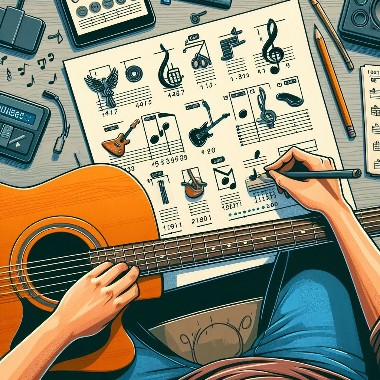
An open string is shown by a ‘0’ on the tab, indicating you just pluck the string without pressing down any fret. Let’s start with strumming that first, just to get a feel for the strings in their natural state.
Now here’s where the alphabet soup of guitar notations comes into play—symbols like ‘b’ for bend and ‘/’ for slide are key to adding expression to your playing. No worries, I’ll guide you through these one by one.
Speaking of expression, chords bring a fullness to your music unlike any single note can. When you see numbers stacked on top of each other, it’s time to strum some chords. Don’t be intimidated; we’ll take it step by step.
Just remember, my friend, every pro guitarist started right where you are, deciphering these very same tabs. In no time, you’ll be fluently reading these notches and squiggles like they’re good old plain text.
Practice Makes Perfect: Tips for Tab Mastery
If you’re starting out with guitar tabs, you might be wondering how to refine your skills. It’s crucial to practice consistently, but it’s also about how you practice. I’m going to walk you through some strategies that can help you get better at reading tabs.
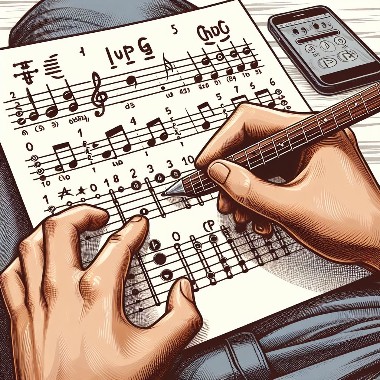
First up, let’s talk about rhythm and timing. Since tabs usually don’t indicate rhythm, it’s a good idea to listen to the song you’re learning. This will give you a sense of the tempo and the rhythmic pattern. You can start slowly, and gradually increase your speed as you become more comfortable.
Next, focus on memorizing the tabs. This might seem daunting, but breaking the song up into sections can simplify the process. Work on one small part at a time until you can play it without looking at the tab. Over time, this approach will improve your muscle memory, making it easier to play entire songs.
I also recommend finding a variety of tabs to practice. This includes different genres and difficulty levels. Websites like Ultimate Guitar, Songsterr, and the Guitar Pro app have vast libraries of guitar tabs. The more you expose yourself to different tabs, the more proficient you’ll become at interpreting them.
Remember, your first attempt doesn’t need to be perfect. Go at your own pace and focus on progress. You can always adjust your approach down the road.
Beyond The Basics: Growing From Tab Reader to Musician
Tabs are a fantastic starting point. They open the door to playing your favourite songs with relative ease. But don’t stop there. Embrace the idea that each tab you learn can be a step towards understanding music more deeply.
In my opinion, once you’re comfortable with tabs, gently introduce yourself to music theory. It’s not as daunting as it sounds. Start with the basics: learning note values, time signatures, and scales. Each bit of theory you learn will enhance your guitar playing and musicality.
Blending tabs with more traditional forms of music notation can lead to a richer learning experience. Many guitarists find that knowledge of sheet music complements their tab reading, offering insights into the rhythm and timing that tabs don’t typically provide.
Consider tabs as milestones in your guitar journey. With each new song you learn, you’re not just playing music, you’re also building a foundation for future growth. Dive into genres that challenge you, and engage with guitar communities to expand your horizons.
Remember, tabs aren’t the endgame. They’re a valuable tool in your kit, but your relationship with the guitar is a continuous learning process. Stay curious, and keep exploring. Who knows? You might find yourself composing your own music or improvising solos before you know it.
